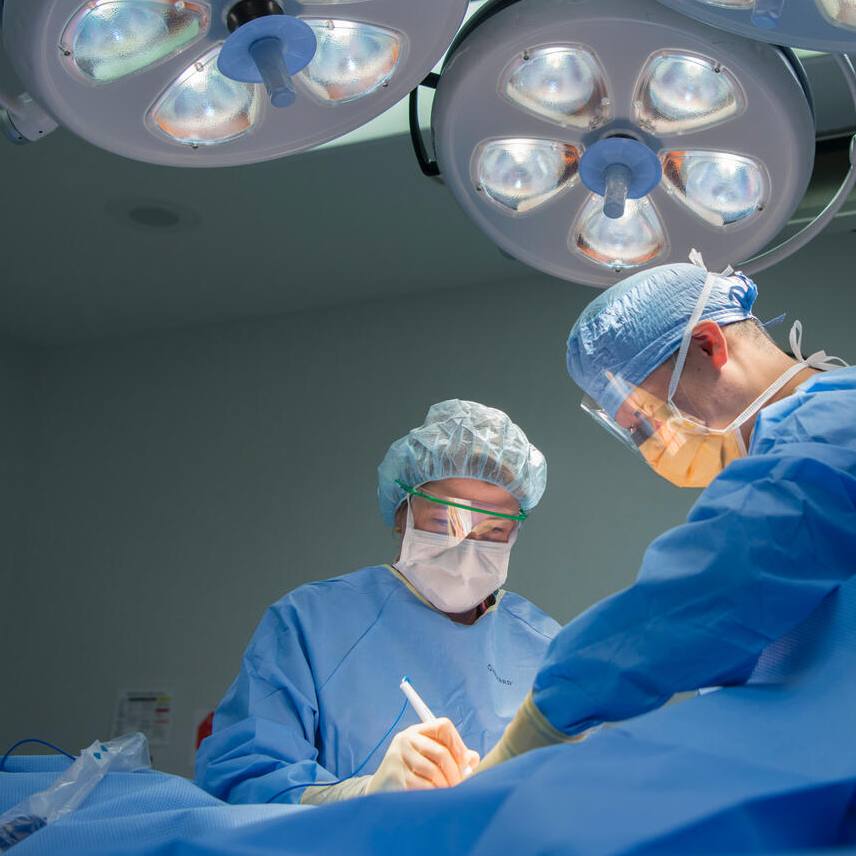-
Mayo Clinic Q and A: Osteoporosis and exercise

DEAR MAYO CLINIC: My 70-year-old mother is an active person. She enjoys being outdoors, hiking and boating, and regularly playing tennis with a group of other women. Recently, she was diagnosed with osteoporosis and is worried about maintaining her active lifestyle for fear of injury. Can she continue to exercise? If so, which types of exercises will be best for her?
Answer: Congratulations to your mother for remaining active as she ages. Exercise is an important part of healthy aging, but particularly so in the presence of osteoporosis.
Many women erroneously believe that exercise will lead to a fracture. Certainly, while a bone-weakening disorder like osteoporosis often results in fractures in the hip and spine — which can severely impair your mobility and independence — regular physical activity can protect the bones.
Overall, the benefits of exercise for postmenopausal women are significant.
Regular physical activity can:
- Increase muscle strength.
- Improve balance and decrease risk for falls.
- Reduce the risk of bone fracture.
- Maintain or improve posture.
- Relieve or decrease pain.
Exercising with osteoporosis is possible — and encouraged. Many types of activities are recommended for people with osteoporosis.
Strength training exercises
Strength training includes the use of free weights, resistance bands or your body weight to strengthen all major muscle groups, especially spinal muscles important for posture. Resistance training also can help maintain bone density.
If you use weight machines, take care not to twist your spine while performing exercises or adjusting the machines.
Tailor resistance training to your ability and tolerance, especially if you have pain. A physical therapist or personal trainer with experience working with people with osteoporosis can help you develop strength training routines. Proper form and technique are crucial to prevent injury and get the most from your workout.
Weight-bearing aerobic exercises
Weight-bearing aerobic activities involve performing aerobic exercise on your feet, with your bones supporting your weight. Examples include walking, dancing, low-impact aerobics, exercising on elliptical training machines, stair-climbing and gardening.
These types of exercises work directly on the bones in your legs, hips and lower spine to slow mineral loss. They also provide cardiovascular benefits, boosting heart and circulatory system health.
It's important that aerobic activities, as beneficial as they are for your overall health, are not the whole of your exercise program. It's also important to work on strength, flexibility and balance.
Swimming and cycling have many benefits, but they don't provide the weight-bearing load your bones need to slow mineral loss. However, if you enjoy these activities, do them. Just be sure to also add weight-bearing activity as you're able.
Flexibility exercises
Moving your joints through their full range of motion helps you keep your muscles working well. Stretches are best performed after your muscles are warmed up — at the end of your exercise session, for example, or after a 10-minute warmup. They should be performed gently and slowly, without bouncing.
Avoid stretches that flex your spine or cause you to bend at the waist. Ask your health care team which stretching exercises are best for you.
Stability and balance exercises
Fall prevention is especially important for people with osteoporosis. Stability and balance exercises help your muscles work together in a way that keeps you more stable and less likely to fall. Simple exercises, such as standing on one leg, or movement-based exercises, such as tai chi, can improve your stability and balance.
Typically, when someone has osteoporosis, high-impact exercises, such as jumping, running or jogging, should be avoided. These exercises can lead to fractures in weakened bones. Also, it's important to avoid bending and twisting often, as well as rapid, jerky movements that might accompany activities like bowling.
Because of the varying degrees of osteoporosis, your mother should speak with her health care team about which activities may be best given her health and amount of bone loss. There's no one-size-fits-all prescription, but she should be able to maintain her active lifestyle without fear. — Compiled by Mayo Clinic staff
****************************
Related Articles
- Consumer Health: Osteoporosis and exercise published 5/13/22
- Mayo Clinic Minute: What women should know about osteoporosis risk published 5/9/22
- Mayo Clinic Minute: Osteoporosis affects men, too published 6/21/21
- Consumer Health: Treating osteoporosis published 5/28/21
- Consumer Health: How some types of osteoporosis drugs can hurt your bones published 5/18/21






